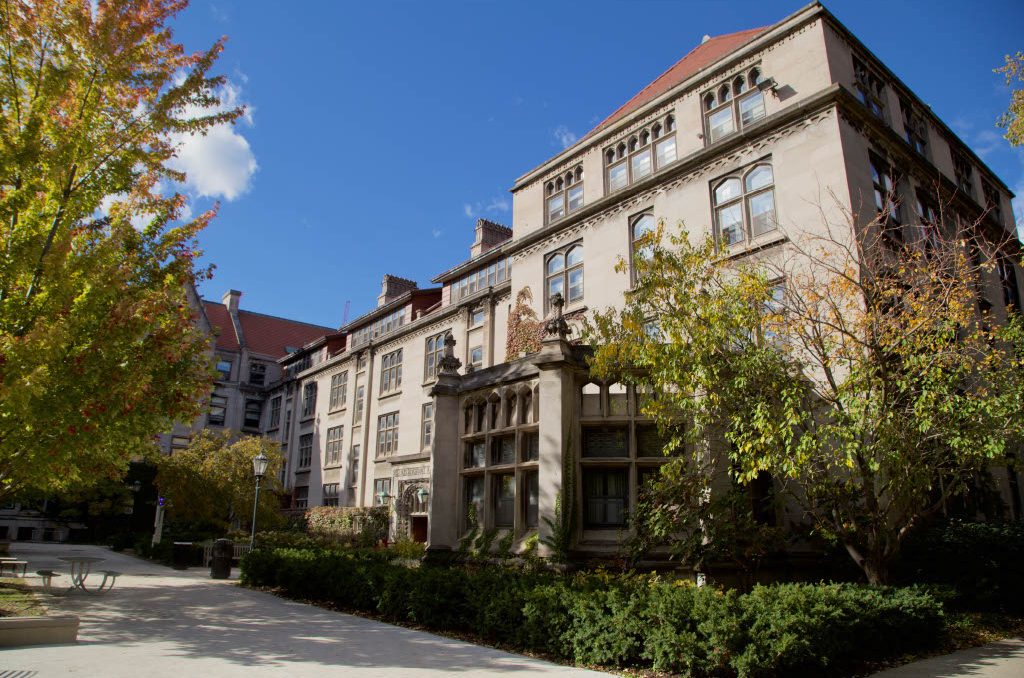Chicago’s Blue Bag recycling program is a major catastrophe. While the City brags about a 30 percent participation rate (not much to brag about), the Chicago Tribune reported in March of 2005 that the number was closer to 13 percent and that the City has been cooking its books to make the program appear more successful than it actually is. Even if the first figure is accurate, it still pales in comparison to other cities like Seattle and Madison where 90 percent and 97 percent of their populations, respectively, participate.
Instituted by the City of Chicago in 1995 with a goal of reducing waste by 25 percent, the Blue Bag Recycling program gives small businesses and residents the opportunity to recycle part of their waste. The program was appealing to city officials as it did not require any infrastructural investment, but would still appease vocal activists urging Mayor Daley to back up his claim to being the Green Mayor. Nevertheless, this temporary solution is still an ineffective way of reducing waste.
The program failed for several reasons. First, most people are wary of the program. People assume that tossing blue bags in with trash means that they will both wind up in the same place, an assumption proven to be largely true. This can be seen in the slippage in participation rates, which dropped from 34 percent in 1998 to 28 percent in 2001. Where this worry does not exist, as in Beverly, the only district in Chicago to offer separate containers for recyclables, participation rates are up to about 80 percent, a full 60 percent higher than any other district.
Second, the program assumes a proactive citizenry. Participation comes at a cost to the participants who have to buy their own blue bags. A successful recycling program will not require any investments beyond a couple seconds to decide into which bin waste should be thrown.
Finally, there are no penalties assessed to Allied Waste, who just renewed its two-year contract to do Chicago’s recycling, if the company does not meet the City’s waste reduction goal of 25 percent. Oddly enough, it has repeatedly failed to meet the goal. Low participation rates are not reason enough to penalize the company, but its inability to effectively recycle materials that enter its sorting centers is a reason to do so. According to the Chicago Tribune, nearly “a third of the garbage collected from homes bypasses the sorting centers and goes directly to dumps.”
I thought that perhaps some of the numbers could be turned around if getting blue bags were made easier. So I embarked a few weeks ago to get the Co-Op Markets to adopt a program to facilitate recycling in Chicago. This program would add the option “Blue Bag” to the traditional paper or plastic so that shoppers could use the free blue grocery bags to recycle their waste.
I contacted the Chicago Recycling Coalition about how to get this implemented. The e-mail response was as follows: “We would not recommend that the food Co-Op start supplying blue bags to its customers. Recycling simply doesn’t work when you mix garbage and recycled materials in the same bins and the same trucks—even if some materials are in separate bags.” The Co-Op, already in dire financial straits replied that it could not afford to purchase blue bags (blue bags must be slightly thicker than most grocery bags).
People do not want to participate in the program; they want it to completely change.
But what to do in the meantime? I recently visited U of C alum Ken Dunn’s Resource Center on 70th Street and Dorchester Avenue, which is more like an artist’s studio than anything else. But this is in keeping with the philosophy behind the Center, namely that “artists share the idea that things could be different and probably should be.” He is acting the role of artist, not environmentalist.
In trying to recapture control of his environment, Dunn has started a massive effort to divert all types of waste from ever reaching the landfill, including all the scraps from our very own B-J and Pierce Dining Halls as well as many restaurants throughout the city. The Center amazingly recycles, reuses, and/or composts 99 percent of all the waste it collects.
The Resource Center does more than offer an alternative; it offers hope of a solution to overcome the system currently in use. It should be easy to be green in the Green City. It’s time for a change in our recycling program.
Until the blue bag program is discarded, proactive citizens can drop off aluminum and steel cans; brown, clear, and green glass bottles and jars; mixed paper, including cardboard; newspaper; yard trimmings and landscape waste at the Resource Center, located at 1325 East 70th Street. Otherwise residents should tell City Hall and their local alderman that they want multi-bin recycling in their community.







